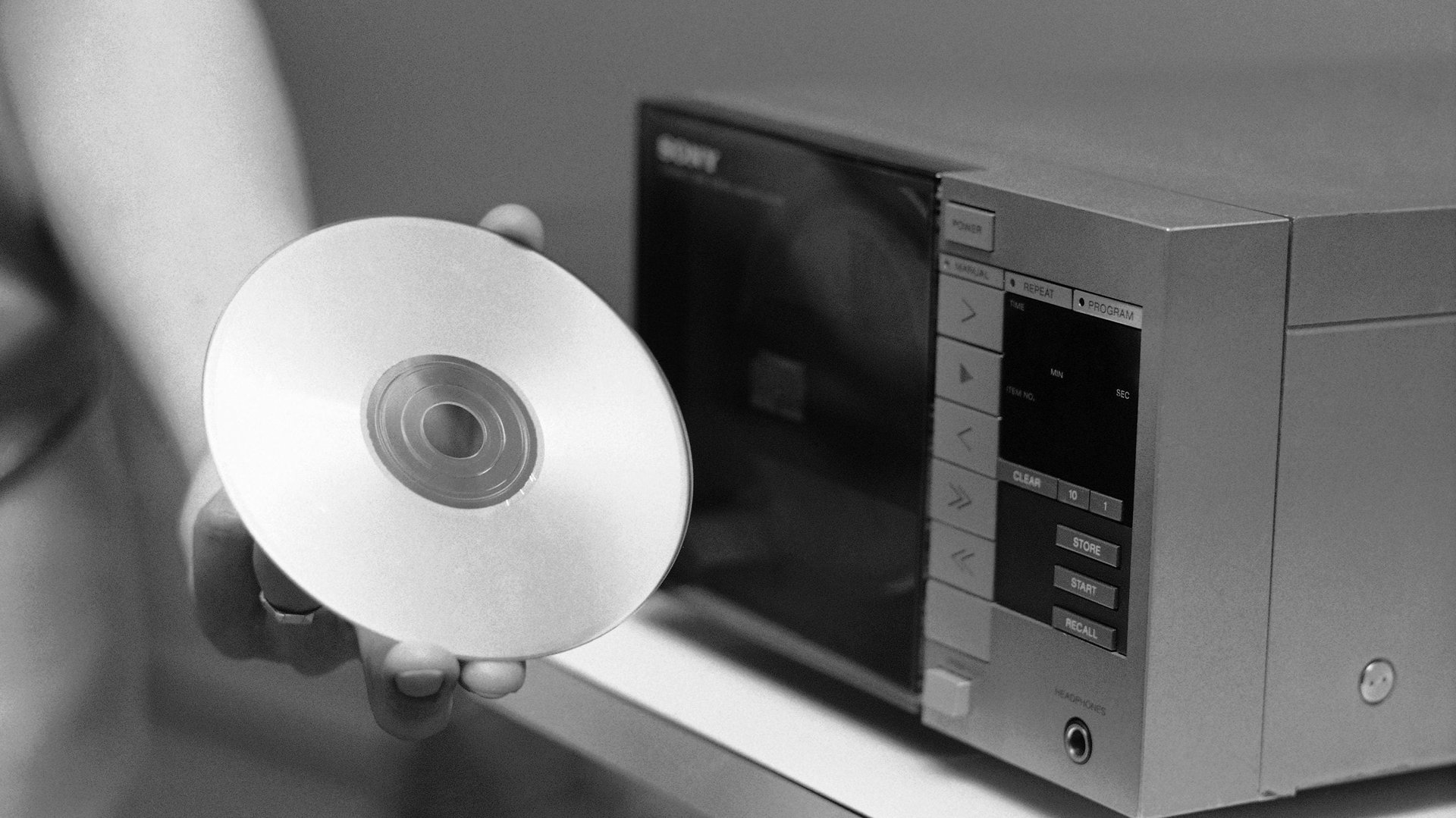The perfect soundtrack for unplugging is “MTV Unplugged”
When MTV Unplugged launched in 1989, the format was novel and refreshing: take musicians used to performing huge stadium shows with electric guitars, synthesizers, or turntables, and have them play an intimate, all-acoustic show. Dozens of artists, including A Tribe Called Quest, Alanis Morrisette, and Alicia Keyes, have done Unplugged sets, and while there are plenty of mediocre performances in the mix, when the show is good, it’s transcendent.


When MTV Unplugged launched in 1989, the format was novel and refreshing: take musicians used to performing huge stadium shows with electric guitars, synthesizers, or turntables, and have them play an intimate, all-acoustic show. Dozens of artists, including A Tribe Called Quest, Alanis Morrisette, and Alicia Keyes, have done Unplugged sets, and while there are plenty of mediocre performances in the mix, when the show is good, it’s transcendent.
Two decades later, Unplugged is still airing new episodes. But while the format has been much-copied since, it’s still great, and the best episodes are worth revisiting. These standouts vary wildly in genre, but they share a few common qualities: special guests, surprising covers, and a reimagining of the structure of the band itself. Nirvana added a cello, as well as three additional musicians. Jay-Z chose The Roots as a backing band. Natalie Merchant sings “Because the Night” with as much force as Bruce Springsteen and Patti Smith combined on the 10,000 Maniacs’ wildly joyful Unplugged. Rod Stewart reunited with Ronnie Wood, from their days in the band Faces.
There’s an intimacy to Unplugged. The set lists feel autobiographical in a way most tours don’t. The point of the show was never to promote a specific album, and the songs that emerged as hits were often covers. There’s nowhere to hide a mediocre song, or off night, in this kind of setting. You can’t smash a guitar, jump into the crowd, or rely on back-up dancers to fill the stage. Unplugged required an ability to connect with an audience, choose a great set list, and actually make great music.
It also highlights the magic alchemy of performance.
With the decline of album sales, touring has become the most reliable way for artists to make money. There’s a lot of show biz in live music these days, with costumes, video components, dance routines, and elaborate sets. Even among all that choreography and rehearsal, some nights are higher energy than others. Ask anyone who has ever performed in a high school band or a community theater production—you can hit all the right notes and say all the right lines, but some nights have an electricity to them that can’t be explained. Unplugged often generated that kind of electricity, coaxing incredible, genre-bending performances out of many of the musicians it highlighted.
When Alice in Chains performed in 1996, lead singer Layne Staley was in the grip of crippling depression and drug addiction, hadn’t performed in several years, and would soon step away from public life all together. Their Unplugged set is riveting—and a reminder that Alice in Chains wasn’t just a bunch of dudes from Seattle who got a record deal on the back of a passing cultural trend. They were incredibly gifted musicians.
A few specific Unplugged performances came up again and again in an informal poll of colleagues and friends. Alice in Chains. 10,000 Maniacs. Jay-Z. And, of course, Nirvana.
It’s easy to dismiss the band as a sort of mascot for the 1990s; the thrift-store clad, lo-fi, high volume antidote to the spandex excess of the 1980s. MTV Unplugged in New York, the name of the album Nirvana released from the show, will make you appreciate Kurt Cobain’s vocal genius, and his wry humor. The setting allows him to, for a time, escape the rock-star status that was forced on and plagued him, and reveals a self-deprecating human who loved Lead Belly, the famous Delta bluesman; and who wanted to elevate fellow musicians, like Cris and Curt Kirkwood, the brothers from the band Meat Puppets who joined them on stage that night. It’s a stunning, emotional listen, and the history of how the show came to be is equally fascinating. Even as the show was being filmed, some MTV executives were convinced it was going to be a fiasco. It turned out to be one of the best live performances of all time.
Today (March 1) also happens to be a “National Day of Unplugging” in the US, which offers a perfect opportunity to revisit Unplugged. (It’s also the 25th anniversary of Nirvana’s last show before Kurt Cobain died, which came about four months after their Unplugged appearance.) Don’t listen to these albums on shuffle, or as a playlist. Listen to them start to finish, as though you were putting a CD in a CD player. Drink some wine and listen with a friend. Unplug.